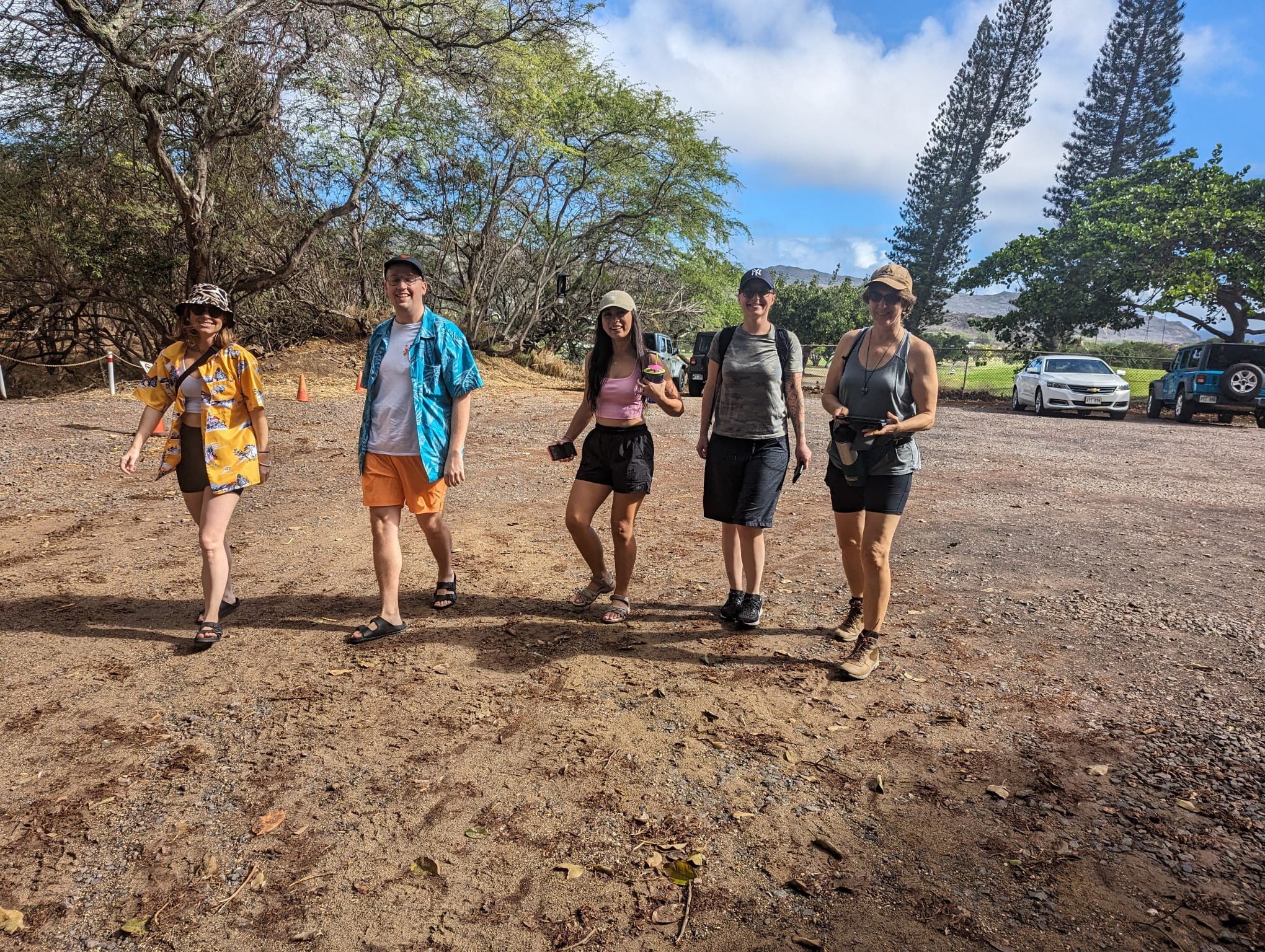How To Prepare For A Hiking Adventure: Top Tips
Embarking on a hiking adventure? There's nothing quite like the exhilarating feeling of being at one with nature. But before you lace up your boots and hit the trail, it's essential to properly plan and prepare. Let's explore some top tips to ensure your outdoor venture is a resounding success.
Plan Your Route
Planning your route is a critical step for a safe and enjoyable hiking experience. Adventurers who want to explore the natural beauty of the Wildflower State are always looking to figure out the best hiking trail in Western Australia that they can conquer. A well-planned route not only sets clear expectations about distance and difficulty but also helps you manage your time effectively to avoid hiking in darkness. It provides insight into the terrain, potential hazards, and points of interest along the way.
Beyond mapping your path, serious hikers should also prepare for medical emergencies by including comprehensive trauma kits in their safety planning, especially for remote trails where professional medical help may be hours away.
For an extensive guide on discovering the perfect hiking trail for your adventure, you can also visit https://www.sandandelevation.com. This resource offers valuable information to assist outdoor enthusiasts in planning a safe and memorable journey through various terrains and scenic points of interest.
Knowing the route in advance allows you to pack appropriately, taking into account water sources, weather conditions, and terrain-specific gear required. Additionally, sharing your planned route with someone not on the hike ensures someone knows your whereabouts, adding an extra layer of safety. In essence, a well-planned route is the foundation for a successful hiking adventure.
Pack Appropriately
When going on such expeditions, you better know what to bring along. Here are the items you must have on you:
Boots/shoes
Moisture-wicking clothing
Hat
Sunglasses
Backpack
Water bottles
Energy snack
Map and compass or GPS device
First aid kit
Flashlight
Sunscreen
Insect repellent
Emergency whistle
Personal identification
Permits
Mobile phone
Portable charger
Firestarter
Knife
Emergency shelter
Personal hygiene items
Careful packing ensures you have all the necessary provisions and equipment, such as food, water, and first aid supplies, to handle unexpected situations. Moreover, it can enhance comfort, safety, and overall enjoyment throughout the hike.
Physical Conditioning
Hiking can be physically demanding, requiring strength, flexibility, and cardiovascular endurance. A well-conditioned body can handle the strain and exertion, reducing the potential for injury or exhaustion. It allows you to navigate various terrains with ease, from steep inclines to rocky paths.
Furthermore, being in shape enhances your stamina, so you can enjoy long-distance hikes without quickly fatiguing. It allows you to fully immerse in the adventure, appreciating the scenery and wildlife rather than focusing solely on the physical challenge. Therefore, dedicating time to fitness training before your hike can significantly improve your experience and performance on the trail.
Take Safety Precautions
Safety precautions help mitigate risks associated with unpredictable weather, difficult terrains, and potential wildlife encounters. Taking measures like checking weather forecasts, wearing appropriate gear, and carrying essential safety equipment like a first aid kit can vastly improve your ability to respond to emergencies. Moreover, understanding basic survival skills and first aid can be life-saving in critical situations.
Safety precautions also involve informing someone about your hiking plan and expected return, providing a safety net if things go awry. Hence, prioritizing safety not only increases the chances of a successful adventure but also fosters a respectful and responsible attitude towards nature.
In conclusion, as you prepare for your next hiking venture, remember that planning, packing, physical conditioning, and safety precautions are all vital components of a successful adventure. By giving each of these areas the attention they deserve, you're setting yourself up for a memorable and rewarding outdoor experience. Safe travels and happy hiking!


